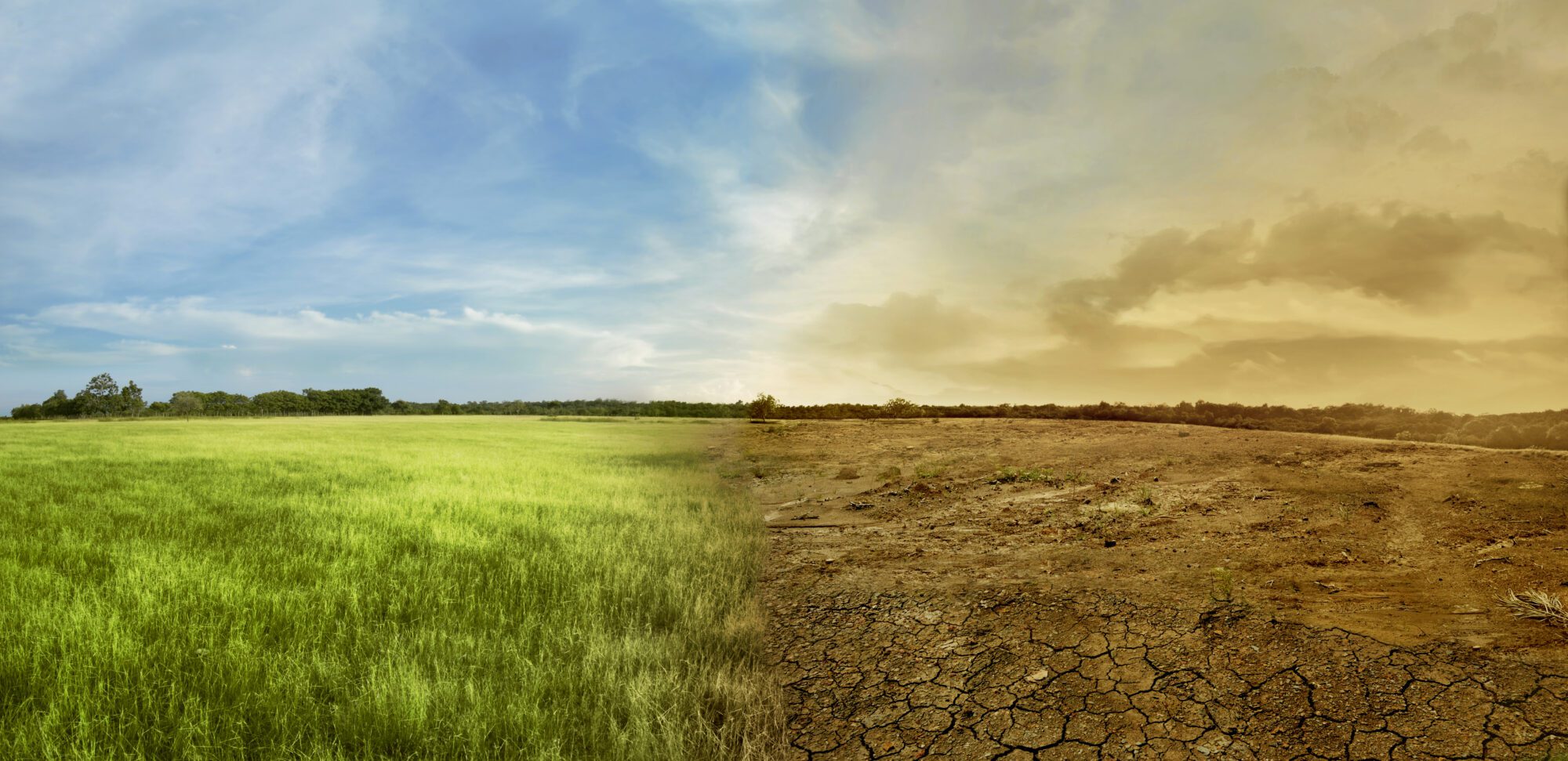In a compelling new article for Project Syndicate, Dr. Nizar Haddad highlights the Kingdom of Saudi Arabia’s ambitious investments in land restoration and regenerative agriculture as a blueprint for sustainable development in arid regions. The article titled ‘The Middle East Model for Land Restoration,’ explores how innovative practices similar to desert greening and water-efficient farming are combating climate change while boosting food security.
Dr. Haddad underscores the potential for these strategies to inspire similar transformations across the Middle East and beyond. Read the full analysis below:
Water scarcity, extreme heatwaves, and desertification are increasingly shaping everyday life in the Middle East and North Africa – an ominous portent for other regions, which will soon face the same challenges. But MENA countries, beginning with Saudi Arabia, are also offering models for mitigation and adaptation.
RIYADH – At a time when political instability dominates the Middle East and North Africa (MENA) region, climate change, floods, and fires tend to get less attention than usual. And the problems of desertification and droughts almost become forgotten. But this neglect is not only unjustified, it is dangerous. While desertification and droughts are slow-moving and less dramatic than wars, floods, and fires, they are just as devastating. Just ask the more than 500 million people living in the MENA region who must cope with them each day.
Whereas healthy land produces food, retains water, absorbs carbon, and supports livelihoods, degraded land does not. And from the Atlas Mountains to the Tigris-Euphrates river valley, the MENA region features some of the driest – and most rapidly degrading – landscapes on Earth. With temperatures in the region rising nearly twice as fast as the global average, water scarcity, extreme heatwaves, and desertification are increasingly shaping everyday life. Add to that some of the world’s fastest-growing populations, and the risks to food security, economic stability, and social cohesion will only grow.
MENA’s experiences are an ominous portent of what awaits other regions, which will soon find themselves facing many of the same challenges. According to the Food and Agriculture Organization of the United Nations (FAO), the frequency and duration of droughts have increased globally by nearly 30% since 2000. More than 3.2 billion people worldwide are now affected by land degradation, with 12 million hectares of arable land lost each year.
But the MENA region also offers reason for hope. For example, Saudi Arabia – for which I am the FAO’s program director – has been investing heavily in mitigating and, where possible, reversing the effects of climate change, including through land rehabilitation, rangeland restoration, reforestation, and climate adaptation.
The Kingdom’s ambition is exemplified by the Saudi Green Initiative, which includes pledges to plant ten billion trees and rehabilitate 40 million hectares of degraded land. Innovation is central to this effort. One novel land-restoration technique, developed through a collaboration between Saudi technical institutions and the FAO, uses dry palm leaves to stabilize sand dunes in Saudi Arabia’s Eastern Province. This organic material, which was historically considered waste, protects topsoil from wind erosion and slows the rate at which water evaporates, thereby ensuring enough moisture for dormant native seeds to germinate.
The FAO is also working with Saudi Arabia to implement science-based land-monitoring systems, scale up sustainable land-management techniques, and train national experts in climate-smart practices. More than 40 professionals have been trained across key regions, including Al-Jouf, Riyadh, and the Eastern Province. While solutions are always adapted to the local ecosystem, they are designed with scalability in mind
But climate change is not bound by national borders. That is why Saudi Arabia created the Middle East Green Initiative, which aims to strengthen regional cooperation. At the global level, the Kingdom is spearheading the Riyadh Global Drought Resilience Partnership, aimed at helping the most vulnerable countries cope with drought.
Since the initiative’s announcement at the 2024 UN Convention to Combat Desertification (COP16), more than $3 billion has been mobilized. It helps that, beyond being crucial to human well-being, land restoration is a high-return investment: the FAO estimates that every dollar invested in it can yield up to $30 in economic and environmental returns.
Local NGOs and communities are playing a growing role in land-restoration efforts, such as by establishing nurseries for native plants, building green belts, and raising public awareness about land restoration. This combination of local action, national direction, and international cooperation delivers the kind of robust, lasting results that are needed to build true climate resilience. And it should serve as a model for the rest of the world.
The climate crisis is advancing fast, but so are solutions – thanks not least to those on the frontline. The most climate-vulnerable countries are acting as role models, innovators, pioneers, and leaders. What Saudi Arabia is doing today will shape what California, southern Europe, and the Sahel do tomorrow. Fortunately, the lessons are likely to be as plentiful as they are constructive.

